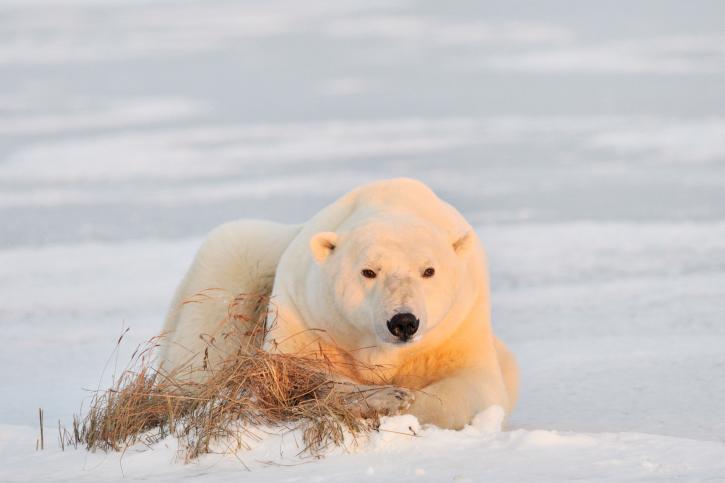Last week I was in Veracruz Mexico for an Animals Committee meeting of the Convention on International Trade in Endangered Species (CITES)—the international organization tasked with managing trade in endangered species. At the meeting, the Animals Committee decided to open a formal review of the international trade of polar bear skins and other parts (teeth, claws, skulls, etc.). The focus of the review will largely be on Canada—the only country where polar bears are hunted and killed to supply the international demand for skins and other parts—which will have to show how the killing of bears for profit is not harming threatened polar bear populations. With climate change impacts bearing down on vulnerable populations coinciding with rising demand and prices, it will be difficult for Canada to justify trading polar bear parts sourced from certain populations.
The proposal came at the urging of the United Kingdom and Norway, both of which expressed concern about the sustainability of some of Canada’s trade. The European Union already bans imports from two Canadian polar bear populations—Kane Basin and Baffin Bay—believing that Canada’s management of these populations is unsustainable. The United States opposed the proposal, concerned that the review process may be used as a justification for some to oppose a potential future proposal to completely ban the international commercial trade in polar bear parts.
As I noted at the meeting, for NRDC the issue remains simple: polar bears meet the criteria for inclusion in CITES Appendix I, which would ban all commercial trade, and a review of significant trade will not change that fact. I also said that if the polar bear is selected for significant trade review, we expect the process will be efficient and will move forward without delay as the negative impacts of trade in the species are well documented and the threats to the species are well known. There is no dispute that climate change is and will continue to threaten the species and more polar bears are being killed as prices for skins continue to rise. I also correctly noted that the Review of Significant Trade process does not preclude the parties from transferring polar bears to Appendix I at the next Conference of the Parties or otherwise limiting detrimental trade.
The Review of Significant Trade procedure is designed to identify species that may be subject to unsustainable levels of international trade and to identify problems and solutions concerning effective management of trade, which must not be detrimental to the survival of the populations concerned. Recommendations can range from requiring the gathering of additional data (for example, many polar bear populations are “data deficient”) to identifying specific export quotas to limit trade. Sometimes the process works and sometimes it doesn’t. It can be unwieldy and disappointing. A lot depends on how aggressively the Animals Committee pushes back on self-serving submissions from states seeking to defend their management practices. Here for example, Canada’s submission may be wanting. Canada has a horrible record on climate change generallyand territorial wildlife managers continue to reject evidence that climate change is harming polar bears as they set quotas for how many polar bears can be killed.
Republished with permission fromSwitchboard (http://switchboard.nrdc.org/), the staff blog of the Natural Resources Defense Council. Read the original.
That’s why it will be important for other polar bear range states, like Norway, Russia, and the United States to push back on unsubstantiated assertions and management decisions that veer from accepted conservation standards. Canada has a lot to answer for and we expect the United States and Russia, strong advocates for polar bears at CITES, to continue pushing for greater polar bear protections through the Review of Significant Trade process, demanding that any trade is not detrimental to the survival of polar bear populations threatened with extinction from climate change.
